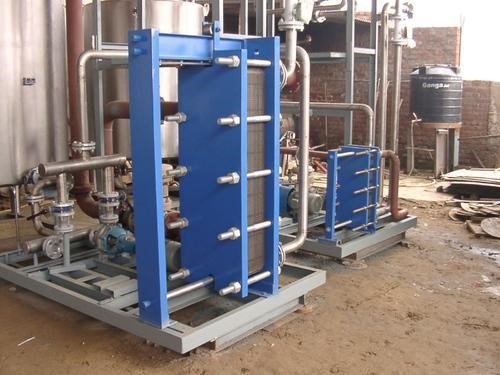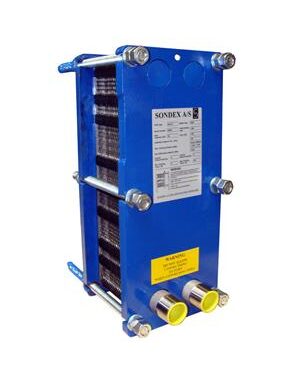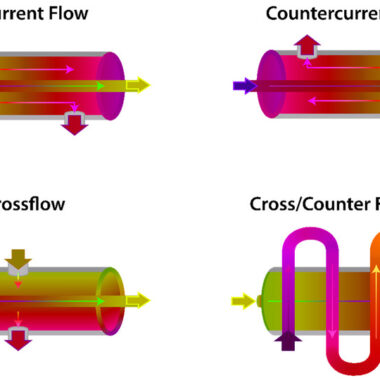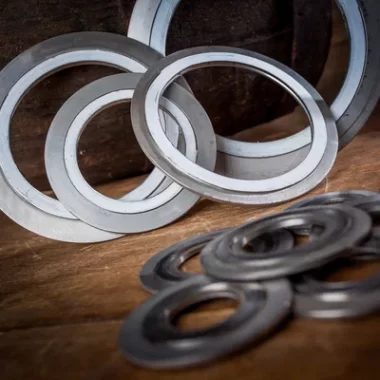Troubleshooting Common Plate Heat Exchanger Problems
Troubleshooting Common Plate Heat Exchanger Problems
Plate heat exchangers (PHEs) are basic for productive heat transfer in numerous industrial applications. In any case, like any equipment, they can experience problems that affect execution. Here are a few common troubleshooting common plate heat exchanger problems and investigating tips:
1. Fouling
Symptoms: Reduced heat transfer proficiency, expanded weight drop.
Causes: Accumulation of dirt, scale, or biological development on plates.
Solutions:
- Regular Cleaning: Actualize a regular cleaning plan utilizing suitable chemical cleaners.
- Filtration: Utilize channels to remove particulates from the fluid.
- Water Treatment: Treat water to prevent scale arrangement and biological development.
2. Leakage
Side effects: Fluid leakage from the exchanger, mixing of liquids.
Causes: Damaged gaskets, corroded plates, improper get together.
Solutions:
- Gasket Inspection: Routinely inspect and supplant damaged gaskets.
- Plate Assessment: Check for and supplant corroded or damaged plates.
- Legitimate Assembly: Guarantee legitimate tightening of the plate pack during get together.
3. Plate Corrosion
Symptoms: Diminished heat transfer productivity, leakage.
Causes: Utilize of inappropriate materials for the working conditions, aggressive fluids.
Solutions:
- Material Choice: Use corrosion-resistant materials appropriate for the fluids and temperatures included.
- Protective Coatings: Apply protective coatings to plates.
- Liquid Treatment: Treat liquids to reduce destructive properties.
4. Pressure Drop
Side effects: Higher than expected weight loss over the exchanger.
Causes: Fouling, incorrect plate arrangement, undersized exchanger.
Solutions:
- Regular Cleaning: Clean plates to remove fouling.
- Check Plate Arrangement: Guarantee plates are organized accurately as per plan details.
- Proper Measuring: Verify the exchanger is accurately measured for the application; consider upgrading in the event that undersized.
5. Thermal Performance Issues
Side effects: Inadequate heat exchange, temperature differences not assembly details.
Causes: Fouling, incorrect flow rates, improper plate course of action.
Solutions:
- Regular Cleaning: Clean the exchanger to preserve heat transfer effectiveness.
- Flow Rate Alteration: Adjust stream rates to ideal levels for heat transfer.
- Plate Arrangement: Confirm plates are accurately arranged to supply the planned heat transfer surface zone.
6. Mechanical Failure
Symptoms: Cracked plates, damaged outline.
Causes: Excessive weight, thermal shock, destitute maintenance.
Solutions:
- Pressure Control: Maintain operating weight inside plan limits.
- Temperature Gradients: Avoid sudden temperature changes to anticipate thermal shock.
- Routine Support: Perform customary support to detect and repair mechanical issues early.





